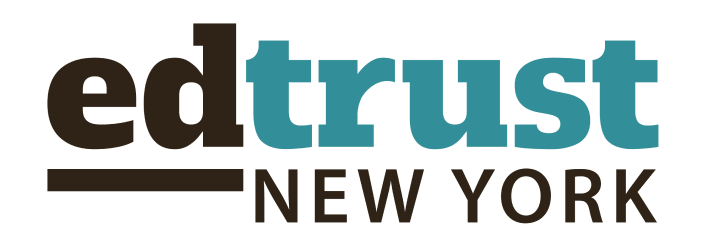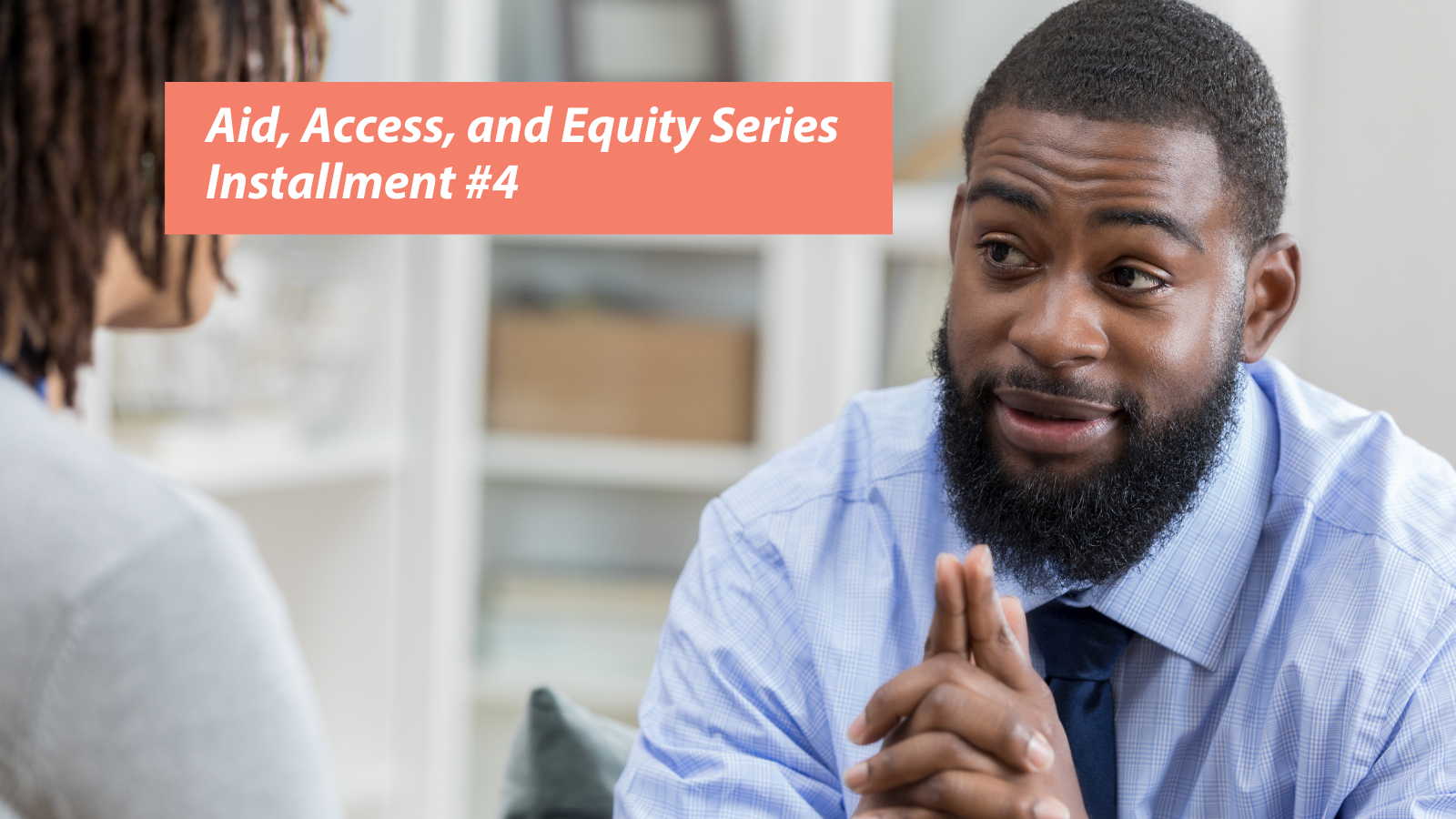AID, ACCESS, AND EQUITY BLOG SERIES: To ensure all students are aware of financial aid options, a Universal FAFSA policy will be implemented this academic year so that New York students, regardless of citizenship status, have support and resources to complete the FAFSA and state aid applications, such as the Tuition Assistance Program and the DREAM Act. Students can sign a waiver to opt out of completing the FAFSA, and districts and schools will be responsible for tracking completion and waivers.
To support this effort, EdTrust-New York hosted discussion groups with students and counselors to inform a five-part blog series on how this policy can help students, best practices for FAFSA completion, and additional supports needed for implementation.
Staff in high schools throughout New York State have worked hard for years to develop creative strategies to encourage students to complete the FAFSA. They did so even when faced with a year of frenzy from the Better FAFSA roll out; they kept the momentum going to ensure students from low-income backgrounds had the opportunity to complete the form.
This perseverance is reflected in the data in the 2023-24 academic year, a quarter of schools with the highest shares of students from low-income backgrounds managed to achieve a higher FAFSA completion rate compared to the previous academic year.
Education leaders can learn from staff in these schools to reverse recent overall declines in completion caused by the pandemic and botched Better FAFSA roll out. Many of the best practices schools have used across the state to improve FAFSA completion are highlighted by winners of EdTrust-New York’s annual FAFSA Challenge.
Effective strategies schools have used include but are not limited to: hosting financial aid nights and weekends in languages that reflect the families in the community; securing class and lunch time to work on applications; hosting one-on-one meetings with students and families to ensure privacy; and creating yearlong check-lists to guide students and families through the application process.
In May 2024, we held focus groups with students to understand their experiences with completing the FAFSA forms. We learned that many students hear about the FAFSA and state aid forms through word of mouth and social media, which helped them understand its importance and urgency. School staff should therefore be utilizing the most important resource they have to increase awareness: students themselves.
“Students [can] help promote the FAFSA because they can, in many different, creative ways, come up with content,” said Jose, a former high school student in New York. “It can be so many different things. Students taking initiative, being out there, and informing their peers about it.”
Students also raised the importance of paying attention to the FAFSA and state aid applications earlier on in their high school careers — before it is crunch time during their senior year. Yet they noted that it could be challenging to connect it to their day-to-day lives when they are sophomores or juniors because it feels like the far-away future.
We also spoke to high school counselors who agreed and proposed the idea of an annual school or district FAFSA day or week to build on Governor Hochul declaring April as Financial Aid Awareness Month in New York State. During this time, seniors would have time to fill out the FAFSA, while schools could host explainer sessions for younger students. These sessions could dispel misconceptions and dive into financial aid options. Counselors suggested that each year, students could view a demonstration of the FAFSA application either projected in a classroom or on their computers to prepare them in advance of their senior year.
“I don’t think it’s ever too early to start educating and breaking down the barrier and not making it feel so far away,” said Patricia, a school counselor in South Country region. “[FAFSA] is a thing. It’s real. It’s here.”
While these innovative ideas can go far to support students, counselors raised concerns about how to implement Universal FAFSA. For counselors, these new requirements raised questions about how data tracking and record-keeping will work at the district-level to adhere to the new Universal FAFSA policy. To implement Universal FAFSA, they need data on which students filled out the FAFSA, state aid forms like the DREAM Application or TAP, and who signed a waiver to opt-out — so they know who to target for support.
Schools can track FAFSA completion schoolwide through the New York State FAFSA tracker and our FAFSA Completion Project tracker. That data, however, is not tied to students’ names, so they would not be able to tell which students completed the FAFSA, only the total number of students who completed it. Despite not having student-level data, this information could help counselors get a sense of how many students have completed the FAFSA and what gaps exist. This data can also help district leaders identify which schools need more resources to support FAFSA completion.
In order to access this data, districts must have data-sharing agreements with the Higher Education Services Corporation (HESC). Unfortunately, many districts do not currently have these agreements in place, and many counselors we spoke with were not aware of the possibility of data-sharing agreements.
EdTrust-New York and our partners are working toward addressing this and other barriers to successfully implementing Universal FAFSA. This includes clarifying how districts will verify that every student either completes FAFSA (or other state aid forms) or signs a waiver opting out of applying for financial aid. We are also working to ensure support and guidance will be provided for and from districts to help students and counselors in Universal FAFSA implementation.
The complexity of the “how” and “what” with Universal FAFSA can be met with support from partnerships across the state from community-based organizations, higher education institutions, and more — as this is no small feat to tackle for districts and schools statewide.
In our next installment of this Aid, Access, and Equity series, we will explore effective partnerships across New York State and how education leaders can maximize community-based organizations, nonprofits, higher education, and tax assistance organizations to support schools and the need for more rural supports.

